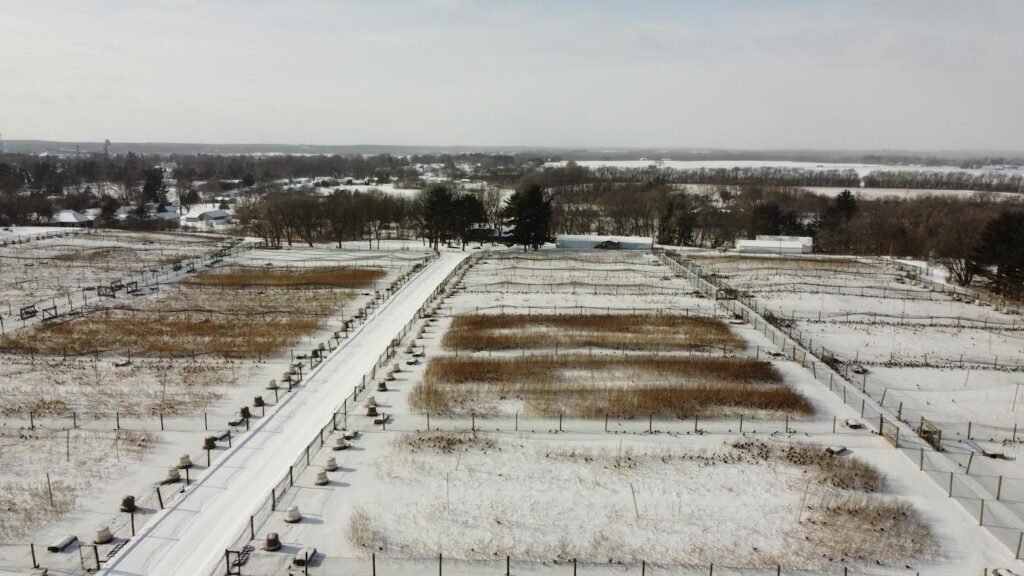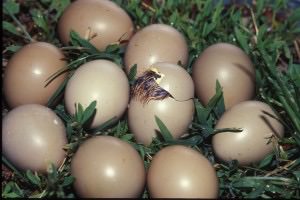Timing and Upkeep in Flight Pens
 Raising pheasants and other wild birds requires considerable timing and upkeep. The flight pens, where our birds live and grow to maturity, are an essential resource to the lives of our birds, so we pre-plan our upkeep. Each step we take is to benefit them.
Raising pheasants and other wild birds requires considerable timing and upkeep. The flight pens, where our birds live and grow to maturity, are an essential resource to the lives of our birds, so we pre-plan our upkeep. Each step we take is to benefit them.
Fall Tilling
The benefit of tilling in the fall is that the soil is ready for the spring cover to grow as soon as the weather allows, and the pens are ready for equipment replacement. We have a great deal of acreage in the flight pens, so we try to till a third to one-half of the pens in the fall. Tilling varies from year to year depending on the timing of shipments, and if the weather allows us to get in the pens. If the ground freezes, we can’t till until spring.
We place birds outside earlier than most other pheasant producers. Tilling part of the pens in the fall allows those pens to have established cover and be ready for us to place the birds on it in late April. We rotate every other year in the pens that get the early birds, allowing some downtime for the grounds from year to year. The pens that get the first birds usually end up with the last birds, which we don’t ship until the end of the season (late March or early April). There are about 43 acres of pens on the main farm. We have not tilled them this fall because the late birds are in them and will be there until March. Fall tilling is a tool we use to take advantage of the time and weather conditions to reduce the workload in spring.
 Winter Work
Winter Work
In winter, we close down pens that we have emptied to reduce the amount of work required. We vacuum up the feed and re-distribute it to pens with birds still in them. We redistribute feed to cut winter expenses. Then, we remove all equipment and ready it to be washed and inspected for repairs or replacement. Usually, we do the work in stages. We can shut a pen completely down in one day, but usually we aren’t able to focus completely on one pen at a time. As we reduce the number of pens, we have to take care of, it frees up time to work on preparing for spring. As we get more prepped for spring, we are in a better place for filling flight pens and continuing the cycle of life at MacFarlane Pheasants.
Related Posts
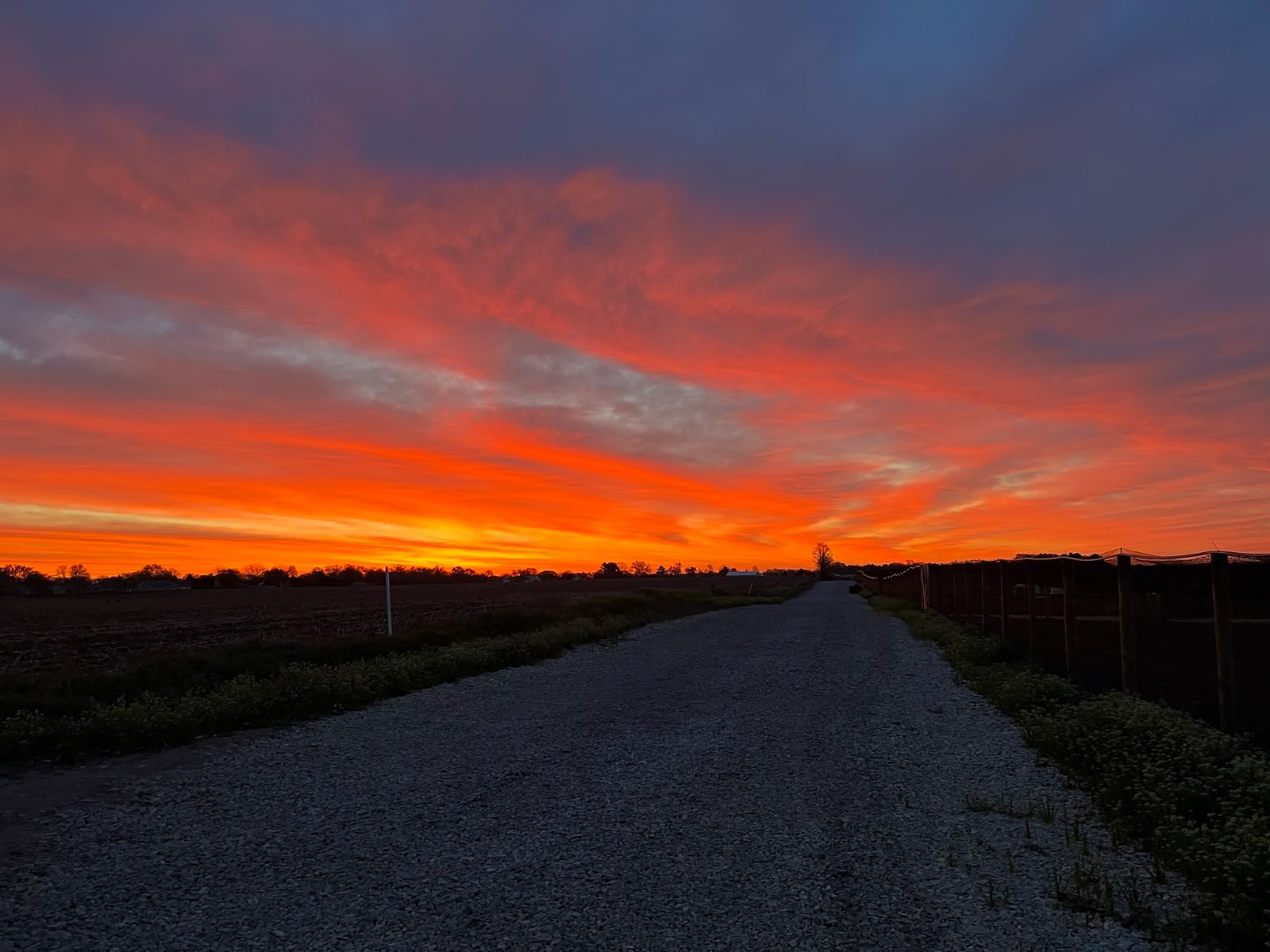
A Journey of Expansion: Jim Clark’s Legacy & Our New 16 Acres of Pheasant Pens
Read Post

Preparing Our Barns & Pens Each Spring
Read Post
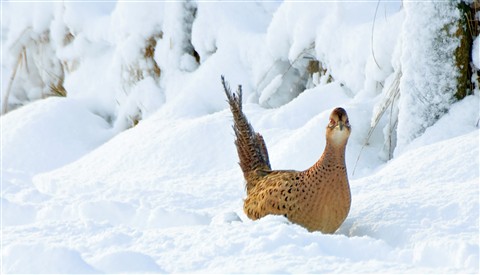
How We Winterize at Our Milton Farm
Read Post
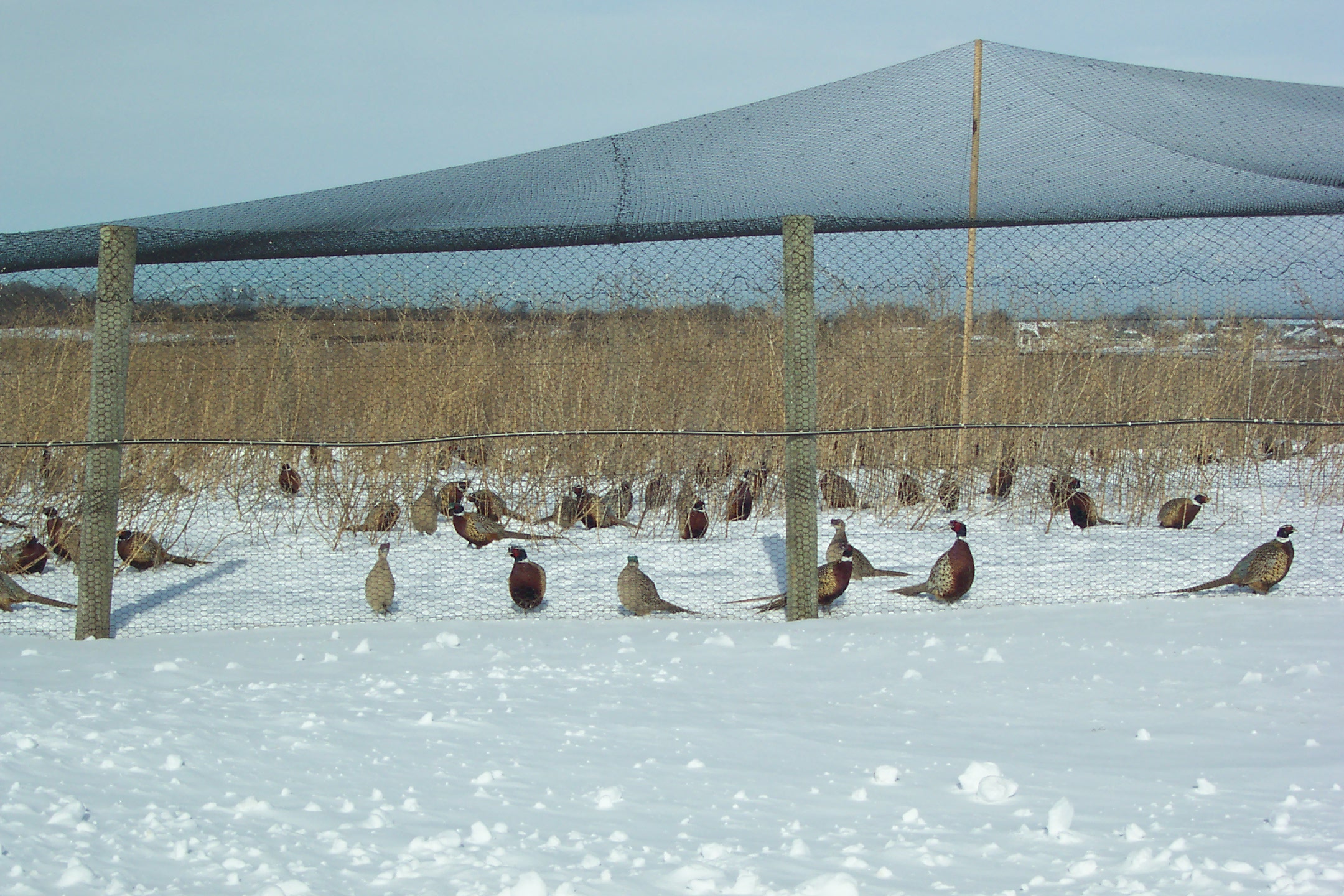
WI Storms and MacFarlane Pheasants
Read Post
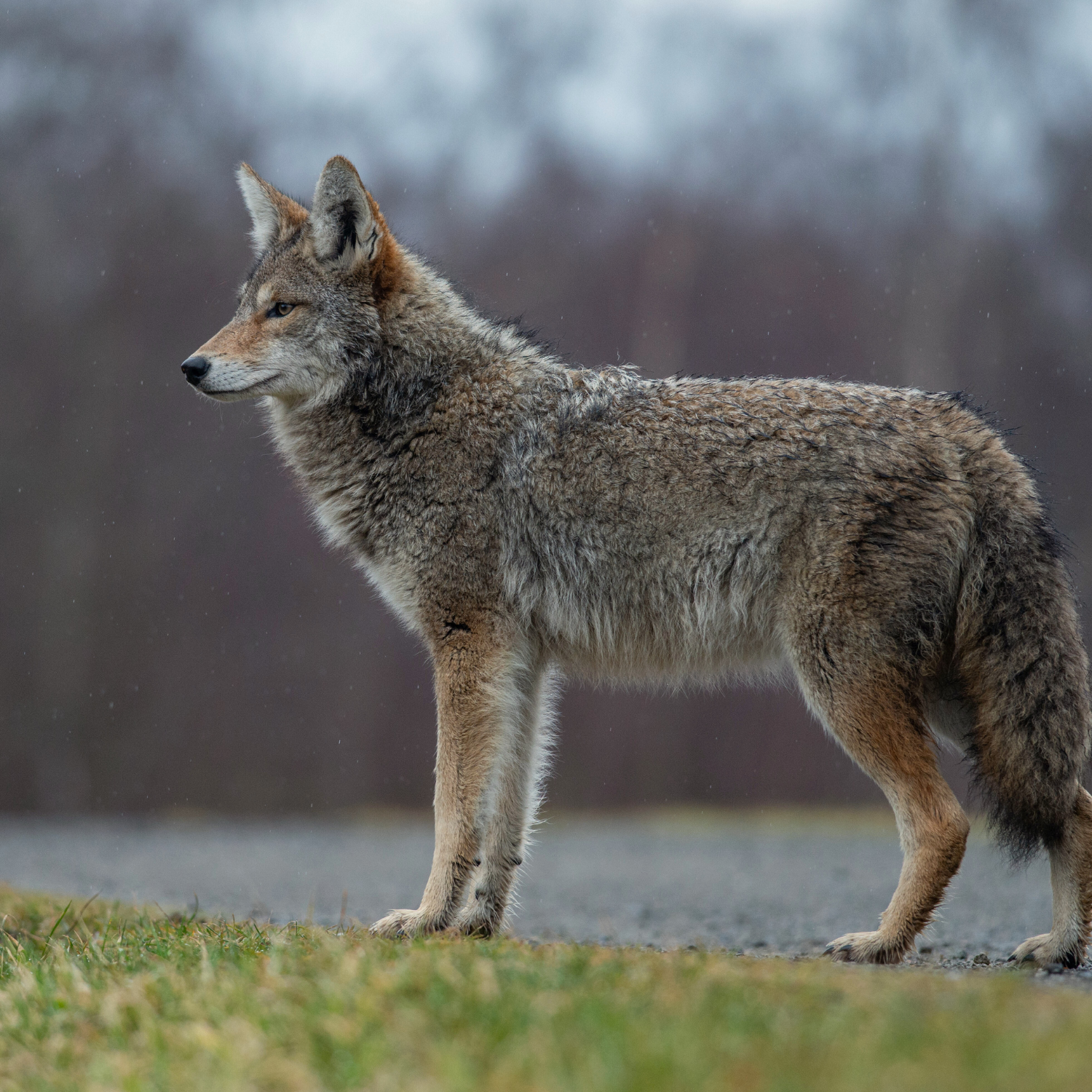
A Pheasant Farm’s Most Wanted List
Read Post
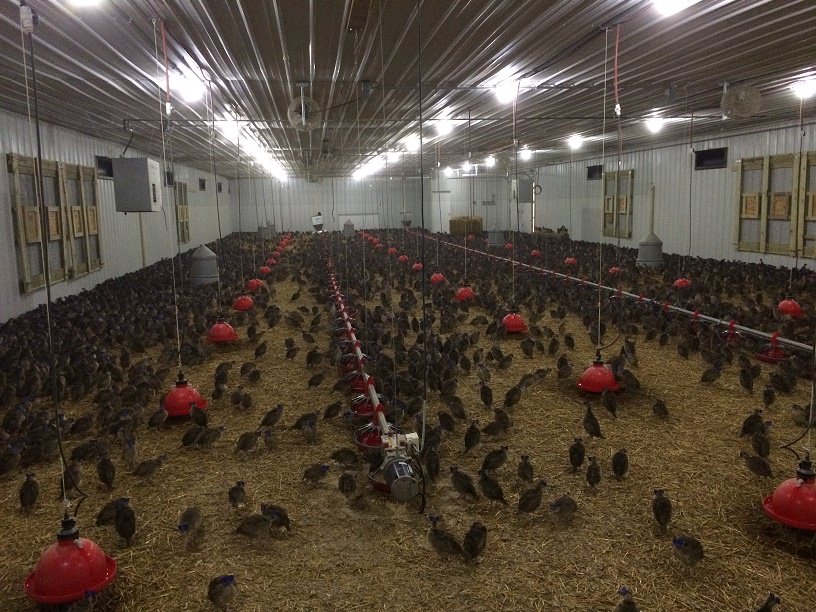
Barn Maintenance at MacFarlane Pheasants’ Milton Farm
Read Post
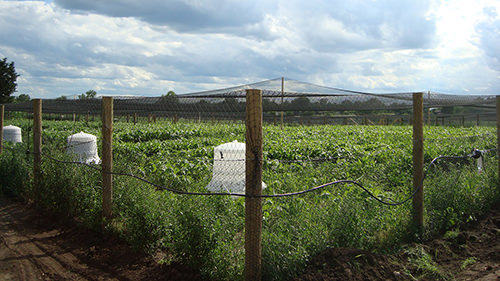
Cover Management in Flight Pens
Read Post
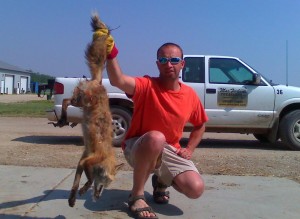
Thieves in the Night
Read Post
Take Advantage of These Free Resources
As the biggest game bird farm in the United States, we want to share our experience with you. Download our free resources below and get started.


